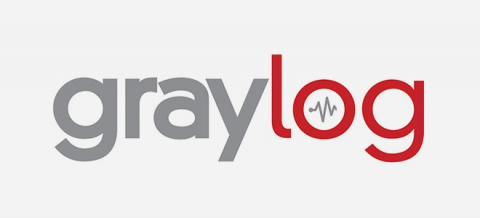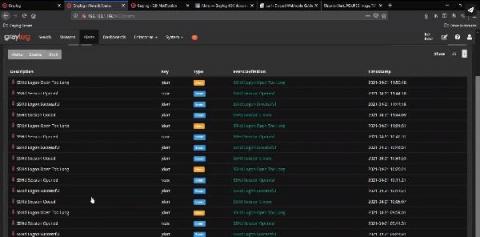Executive Orders, Graylog, and You
In the last six months, multiple major cyber attacks have severely impacted hundreds of organizations in both the public and private sectors, and disrupted the daily lives of tens of thousands of their employees and customers.










